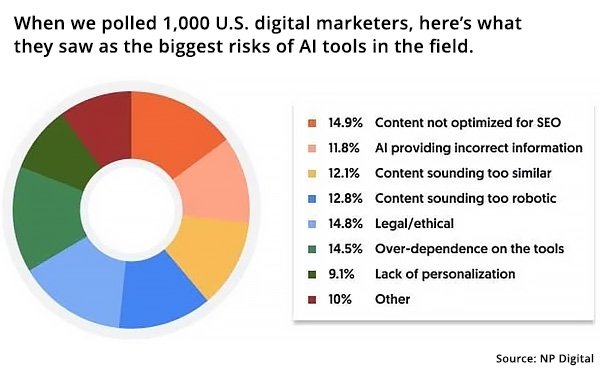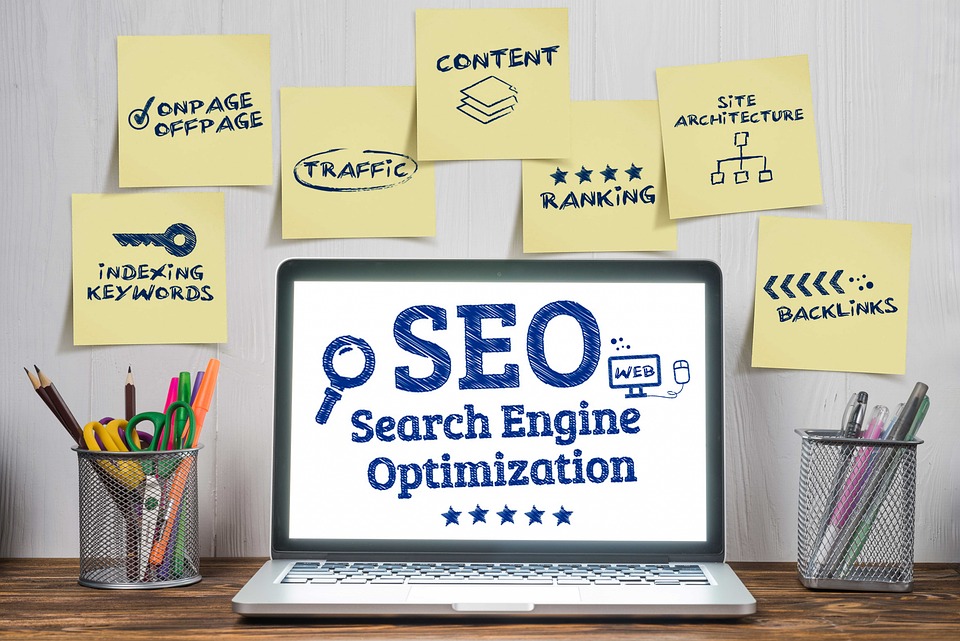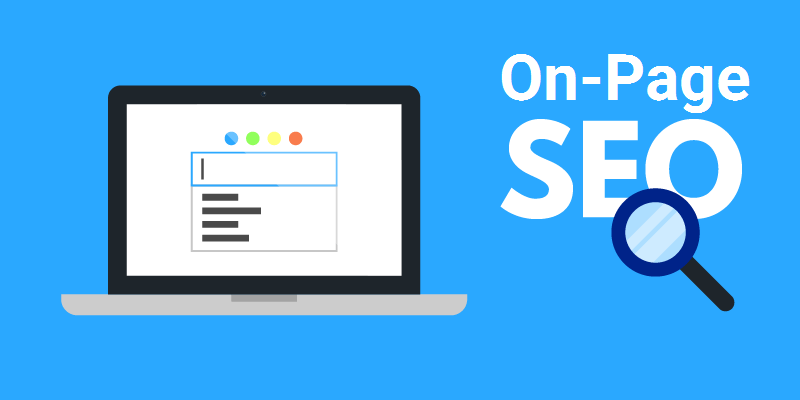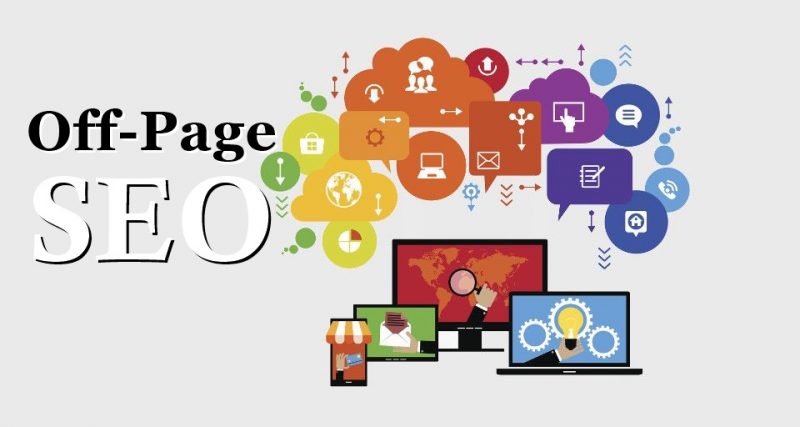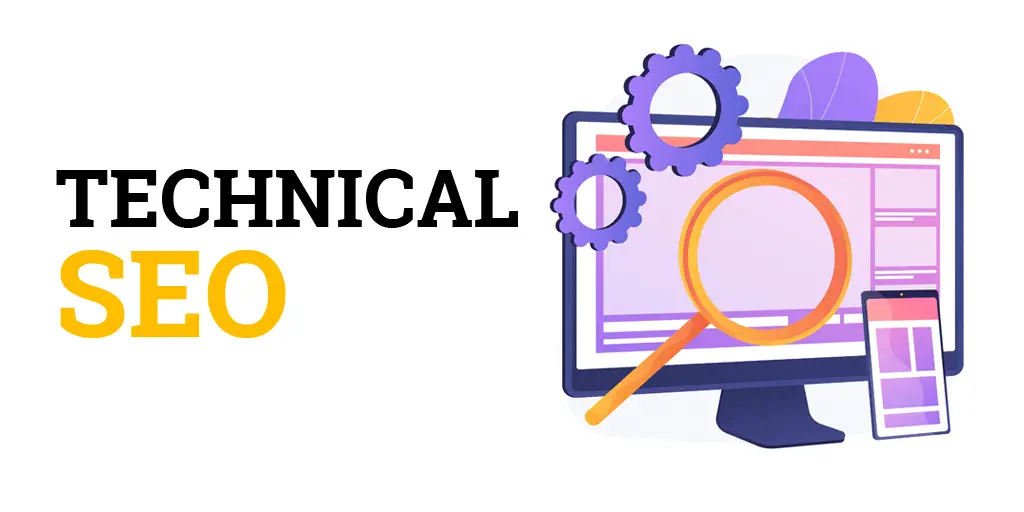By Nate Nead
Search Engine Optimization (SEO) is the practice of increasing visibility and traffic to websites by improving their rank in search engine results pages.
While there are multiple time-consuming strategies utilized to improve SEO, sponsored links offer a more direct route by carrying websites’ targeted messages directly into the top portions of search engine results with ads created from certain keywords.
Though it can be beneficial, there has yet to be an agreed-upon consensus regarding its effectiveness for SEO improvement.
This blog post examines auditing sponsored links as one aspect of SEO management by covering overarching benefits and drawbacks, important factors to consider before lowing budget resources on paid search options, and alternate strategies that should also be carefully incorporated alongside out paid methods for improved organic ranking and reach overall.
Sponsored Links

Source
Sponsored links are displayed advertisements paying for prominent display on a search engine. They can take the form of either pay-per-click ads or flat rate fees and are placed separately from natural, organic search results with clearly designed headers.
In the link building realm, sponsored links are typically paid-for ads via a backlink that is (or should be) marked with a rel=”sponsored” tag.
Customers who click through sponsored link visits yield revenue to its creators while providing potential customers quick access to relevant content mentioned in the sponsored text link itself.
Companies relying on these timely linked pages typically experience faster acquisition of marketing leads, higher website viewership, and greater profitability from within their revenue streams gained though voluntary organic search means.
Differentiating sponsored links from organic search results
Sponsored links refer to online advertisements that appear on certain websites, usually displayed as a separate box of results below the natural search engine result pages (SERPs). They are identified by an accompanying notation or symbol stating they are an advertisement/sponsored link.
Ideally, sponsored links allow businesses and organizations to quickly present users with relevant solutions using keywords that match the interests or needs of the target consumers. In contrast, organic search engine results provide unbiased combinations of keyword matches based purely on relevancy algorithms unprompted by advertising efforts.
Popular platforms offering sponsored link opportunities
Sponsored links are advertisements that appear on search engine results pages alongside organic results. They can be differentiated from organic search engine rankings in a few ways.
Firstly, sponsored listings display visible extensions such as “Ad” and use language to identify them as paid promotions.
Secondly, sponsored links lead to paid content or promotional landing pages rather than traditional web pages with accumulated content.
Thirdly, depending on the platform utilized they may offer additional features such as increased size and more prominent placement. Finally, organic search ranks websites based on relevance to key phrases while sponsored listing allocations depend partially on chance and time intervals specific to buyer’s budget constraints.
Pros of Using Sponsored Links for SEO Enhancement

Source
Increased visibility and exposure
Sponsored links present a unique opportunity to greatly increase visibility and exposure for websites, brand names, products and services. When employed strategically on popular platforms such as Google AdWords, companies are able to position their best-performing content above organic search engine results that would otherwise appear lower in the search rankings.
Increased visibility, therefore, works towards achieving higher click-through rates from users either actively or passively searching online using relevant keywords embraced through PPC optimizations which work in unison with SEO factors.
Increased visibility subsequently leads to boosted performance levels as well as enhanced reach throughout varying networks ensuring brands remain highly visible and tangible across multiple channels of communication.
Potential for targeted audience reach
Sponsored links allow businesses to develop a targeted campaign with specific messaging that prioritizes connections with users that would most likely show active interest in the product or service. Advertisers can target their audience based on location, habits and other attributes through sophisticated targeting options available through sponsored link campaigns.
Having an accurate advertising strategy helps to make sure certain messages are sent to only relevant audience and ads are intelligently displayed at opportune moments resulting in more predictive responses from customers.
In addition, by ensuring detailed targeting of ads potentially time-consuming manual labour required can be reduced significantly while simultaneously enhancing marketing results with various budgets.
Accelerated traffic generation
Sponsored links offer the potential to drive accelerated traffic generation, especially when it relates to targeting more specific audiences. Unlike organic long-term getting techniques like regular SEO strategies, sponsored link visibility can be achieved instantly with faster and direct results.
Additionally, clear direction is offered using location settings or advanced keyword searches which allows for a controlled influx of user volume. Through this method, advertisers are able to reach out to their ideal demographic group in real time with quick effective timing since many people are now online actively searching and browsing.
Improved brand recognition and authority
Sponsored links provide an excellent opportunity to leverage brand recognition and authority on a search engine. As noted by SEO experts, branded queries are great opportunities to generate leads and enhance conversion rates.
When done correctly with knowledge of keyword and marketing research, daily budget and market insights, sponsored links can often yield positive results that help businesses have higher SERP visibility via organic spot as well as get own share in the pricey paid search auction while competing against other bidder’s money bids for relevant keywords slots.
Cons of Utilizing Sponsored Links for SEO Improvement

Source
Cost considerations and budget constraints
When considering using sponsored links to improve SEO, cost considerations and budget constraints are key detriments. Utilizing sponsored link campaigns for SEO improvement requires substantial upfront costs as well as ongoing campaign maintenance fees which can quickly add up.
Additionally, industries with entrenched players tend to have much larger marketing budgets dedicated to paid advertising than smaller businesses due to the costly nature of performance bidding.
Cost is a particularly important factor to consider for digital marketing campaigns since insufficient funds due can result in ineffective initiatives leading to little-to-no return on investment.
Risk of dependency on paid advertising
Sponsored links are expensive and one could suffer from decreased ROI if their SEO requires extensive utilization of such services.
As more of the marketing budget is poured in sponsored links, it runs the risk of becoming a dependency that can become hard to sustain over time.
This may also cause an interruption in search presence for certain keyword queries when campaigns are paused due to Budget constraints, costing further organic visibility for SEO optimizations.
Ethical implications and potential negative user perception
Sponsored links can create ethical implications if utilized in a dishonest or misleading way. The use of sponsored links to promote or offer information, products, or services that may not align with the mission and values of an organization or brand might be viewed as deceptive.
Selling links as a service is also cheapened when sponsored links are involved.
Furthermore, consumers could develop negative perceptions about these practices, which could compromise their trust in the company promoting them. Sponsored links should never outshine appropriate organic SEO techniques as users value higher quality online content even more than visibility alone.
Uncertain long-term impact on organic search rankings
Sponsored links can provide short-term gains with increased traffic and improved brand visibility. However, the long-term impacts of relying heavily on sponsored links may be an issue to take into consideration.
Google algorithmologies are constantly changing and some major algorithm updates have resulted in a loss of organic search ranking for specific websites. It is difficult to predict future changes which could affected paid search performance, causing sites that rely heavily upon sponsored links for SEO improvement to see substantially reduced results.
Factors to Consider Before Employing Sponsored Links
Comprehensive analysis of SEO goals and strategy
Before beginning to use sponsored links for SEO goals, it’s essential to do a comprehensive analysis of the strategy in place. Start by evaluating existing content and appearing on how relevant and useful it is to the audience or demographic likely to answer your ad.
Furthermore, you need to predict possible outcomes of using sponsored links and make sure they would support the overall SEO goal through certain metrics such as website lead generation rate aimed activity increase after this channel implementation.
Evaluation of available budget and cost-effectiveness
When deciding to use sponsored links for SEO enhancement, it’s important to evaluate the available budget as well as cost-effectiveness. Knowing how much money can be allocated for Ads will help determine if managing a sponsored link campaign is feasible.
It’s also important to analyse how effective different channels and platforms are performance-wise in order to optimize the impact of each individual chosen Ad and maximize conversions given a specific budget.
Last but not least, ROI (Return on Investment) should be optimized from sponsored link campaigns – can enough money be earned back from sales or merely from brand recognition? Taking all these factors into account before opting in will save time, resources and provide better long-term effects from employing Sponsored Links.
Researching target audience and platform compatibility
Researching target audience and platform compatibility is an important factor to consider before employing sponsored links in enhancing your SEO performance. Understanding the needs, interests, and demographics of your visitors can help you determine where and how to best invest in sponsored links.
You should also research the platforms that offer sponsored link opportunities; learn what types of content formats they support, geographic availability and other technical requirements that may be necessary for each channel.
Balancing sponsored links with organic SEO techniques
Before investing in sponsored links to improve SEO, it is important to assess whether your strategy includes the correct balance of organic and paid techniques. It’s recommended you create a outline of expectations, organic keyword targets, and current performance gaps in order to focus on utilizing an optimal combination of both options.
To optimize performance outcomes, sites should connect their sponsored link campaigns with website analytics and measure perceived value versus costs accurately across ongoing goals. This data enables business improvements and adjustments so that a venue can consider making continual refinements going forward and achieve maximum promotional success.
Alternatives to Sponsored Links for SEO Enhancement
On-page optimization and content quality improvement

Source
On-page optimization and content quality improvement are essential alternative strategies to sponsored links when it comes to SEO enhancement.
On-page optimization involves in-depth keyword research and the application of those keywords throughout the website (title tags, headlines, etc.) for better indexing by search engines.
Quality content is also important in that it communicates information effectively to users without looking spammy or automated and keeps them engaged over time. These methods do take longer than sponsored links but improve credibility with organic rankings in the long run.
Building high-quality backlinks
Building high-quality backlinks is an effective alternative to sponsored links that can be utilized for SEO enhancement. Backlinking helps send direct traffic to your website and sours further credibility with search engine algorithms improving rankings over time.
A mix of strong anchor texts, trusted sources, targeted audiences and varied link types should all be addressed when creating a successful backlink strategy. Additionally, finding internal link opportunities allows your own web pages to benefit from the increased SEO boost providing a more efficient use of time and resources.
Utilizing social media platforms and influencer collaborations
Using social media platforms for SEO enhancement means creating, sharing, and monitoring content. This includes optimizing website hierarchies with keyword placement, link building from quality external sources, and providing thoughtful posts and commentary – including the engagement of influencers.
Influencer collaborations open up entirely new channels for businesses to tap circles that were otherwise inaccessible or achieved with difficulties.
From organic reach among commenters on relevant feeds to actively timed sponsored posts related to the services a business has on offer – leveraging relationships between real people adds credibility and gold-lined star power that is tremendously useful when seeking potential customers’ attention away from paid advertising routes.
Conclusion
Depending on individual goals and strategy, sponsored links can be a very useful tool for SEO improvement if used correctly. Advantages include increased visibility and reach, accelerated traffic growth, enhanced brand recognition, etc.
However, such benefits have to be considered in the context of budget constraints/cost-effectiveness and ethical concerns. Therefore, an effective evaluation of available options is necessary before determining whether the use of sponsored links is worthwhile for any given SEO project in question.
Nate Nead is the CEO & Managing Member of Nead, LLC, a consulting company that provides strategic advisory services across multiple disciplines including finance, marketing and software development. For over a decade Nate had provided strategic guidance on M&A, capital procurement, technology and marketing solutions for some of the most well-known online brands. He and his team advise Fortune 500 and SMB clients alike. The team is based in Seattle, Washington; El Paso, Texas and West Palm Beach, Florida.














